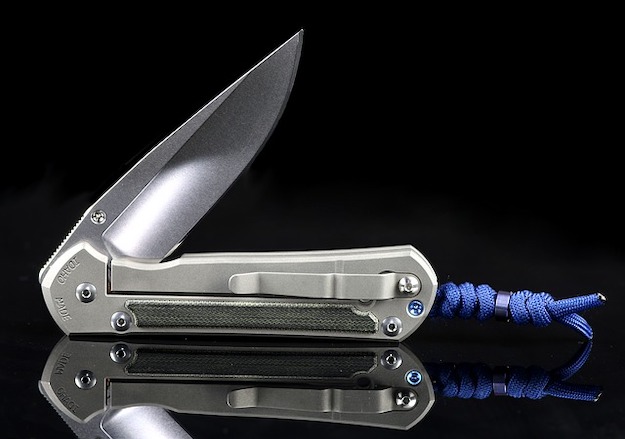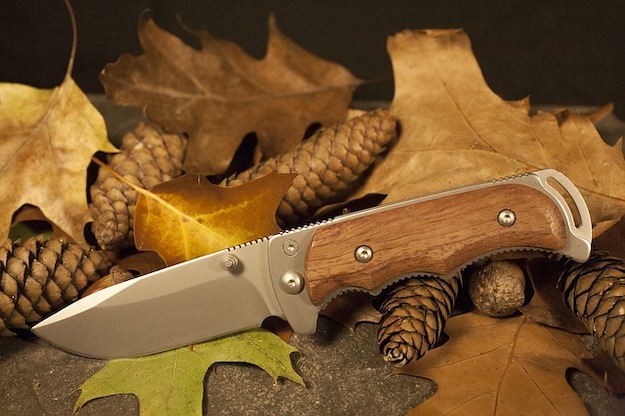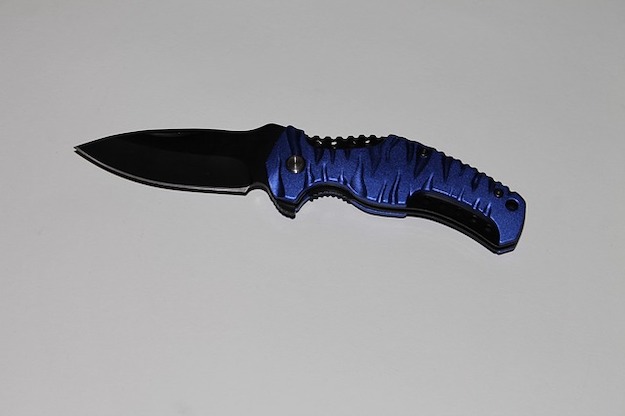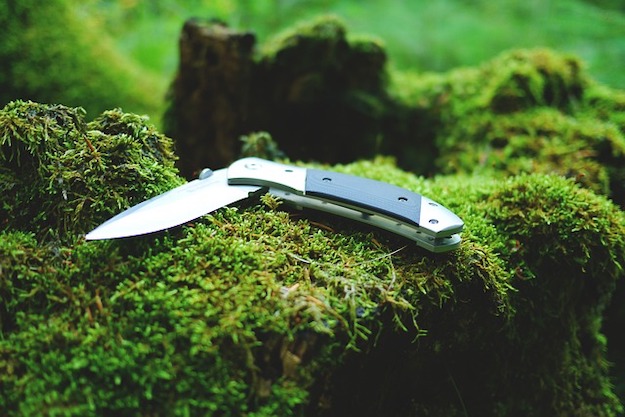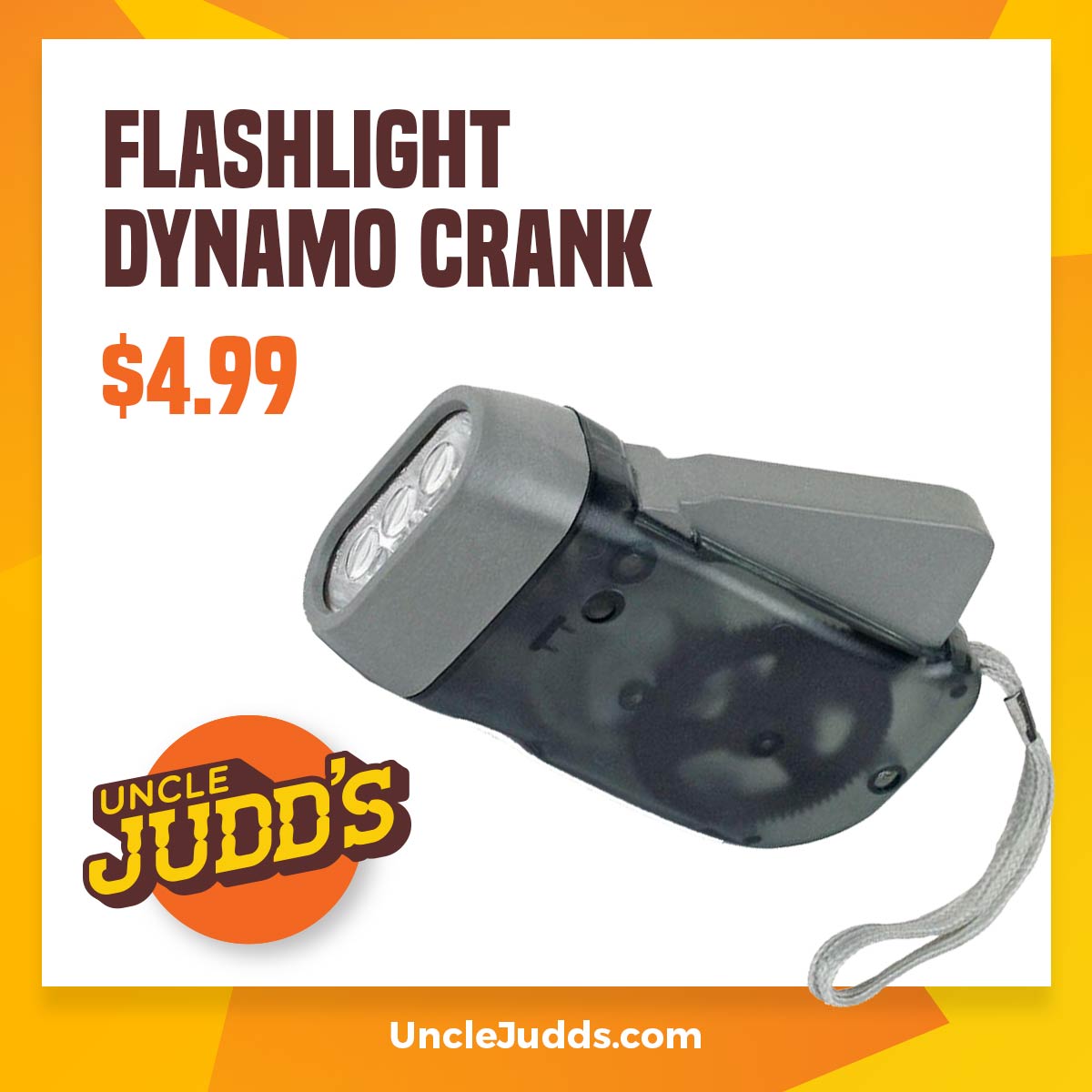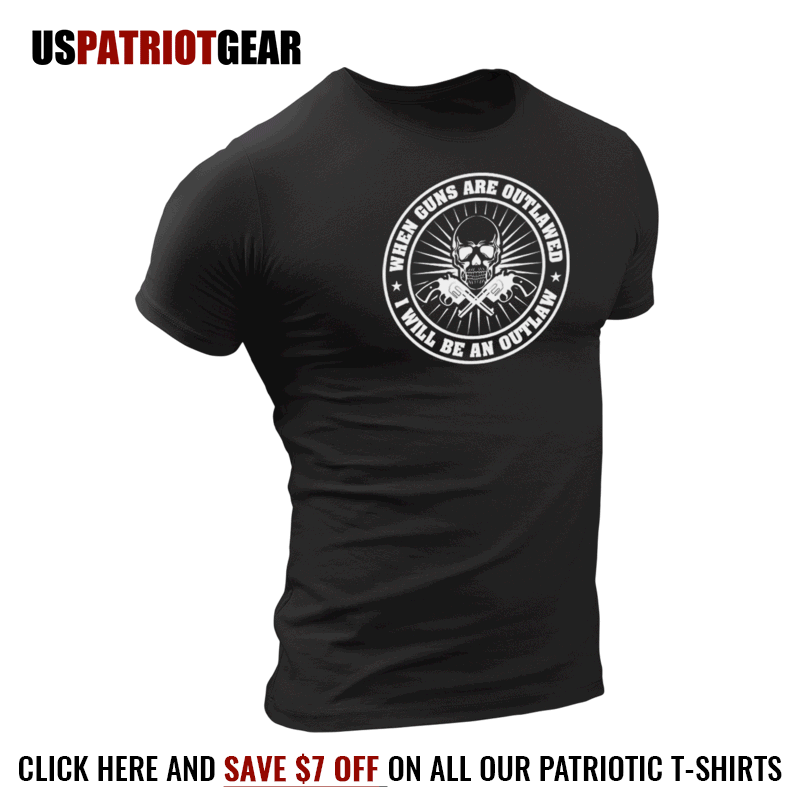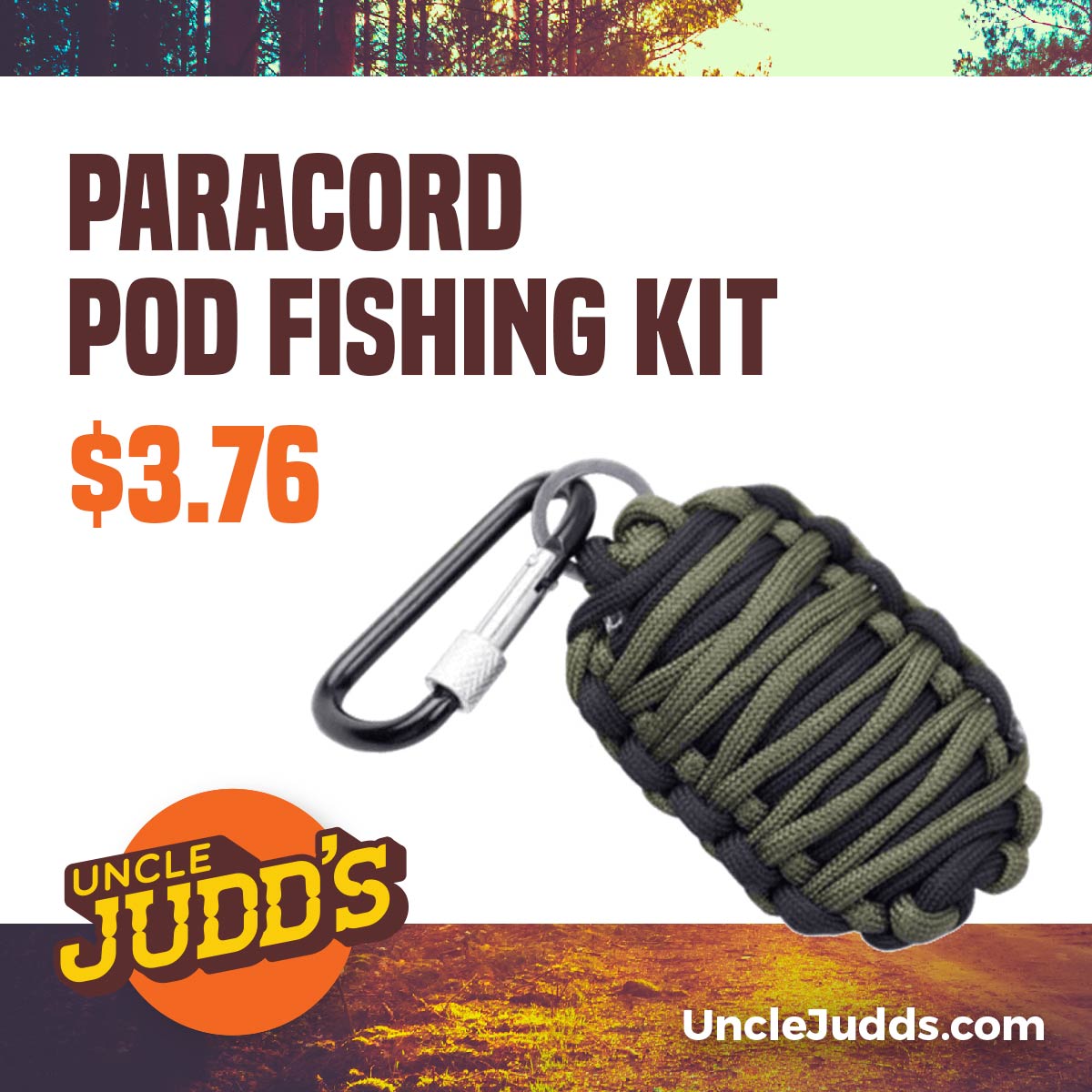Hunting
What Every Outdoorsman Need To Know About Hunting Skinning Knives
Every hunter or wildlife enthusiast know the importance of hunting skinning knives whenever they’re out in the woods. These sharp tools are particularly made for removing the hides from the carcass of your harvested game. But what are the things you need to know about these skinning knives? What are the things you need to consider if you want to choose the right one for you? Read on to be more informed about this tool that a hunter won’t live without.
Published
5 years agoon
By
Jeffrey Buck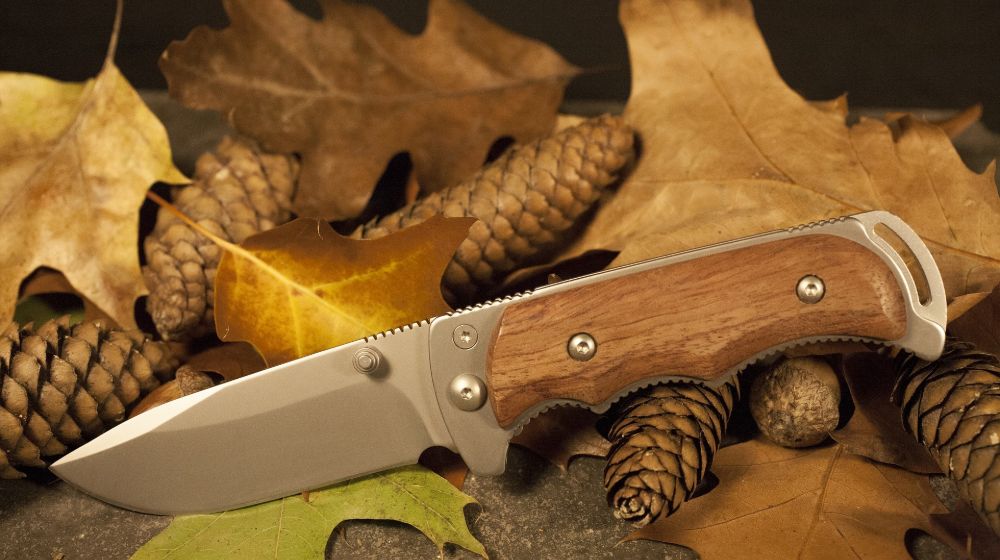
No dedicated hunter or wildlife enthusiast will go into the wild without their hunting skinning knives. Skinning knives are designed for skinning the hides of the games, and as such, they are thinner and shorter. Whether you’re hunting for a small, medium sized or large sized games, you will be needing these skinning knives to deal with the laborious task of removing the hide from your game. Nowadays, there’s virtually an infinite array of styles and types of hunting skinning knives to choose from. Factors such as grips, sharpness, durability, and maneuverability always come into play when choosing a skinning knife. But what are the things that an outdoorsman needs to know about these skinning knives? How will he know if he has the right one? So scroll down and learn more about it.
What Do You Need To Know About Hunting Skinning Knives?
There is a dizzying variety of hunting skinning knives sold on the market for our own choosing and it is this abundance of brands, types, and designs that make hunters feel overwhelmed, especially if he has limited knowledge about skinning knives. All of these knives can disrobe a creature. It’s just a matter of which one performs better primarily because of their features and flaws. So on that note, read on to find out useful info about these hunting skinning knives.
1. Blade quality
Skinning knives should have sharp blades and should be able to maintain its edge for a long time. Knife makers pay full attention to the quality of the blades in the skinning knives. They give importance on the blade’s reaction to stress and pressure. Hunting skinning knives should be durable enough to stand the test of time. It should resist corrosion and can be sharpened easily. In my opinion, other than looking at the aesthetics you should focus first on the blade’s quality. You should also consider the type of game that you’re going to deal with. You can use softer blades if you’re going to skin deer or small games. With lesser effort, you can make this softer blades razor sharp in no time but it can be blunted easily especially when cutting through the hide and hair. If you’re looking to skin tougher skinned critters such as hogs and elks or you’re going to embark in multiple skinning then a harder blade is much advisable to use.
2. Strong Handle
A sturdy, tough and resilient handle is important in hunting skinning knives. I suggest to go for handles that aren’t made of wood, as moisture can reduce the durability of wooden material. There are knives that are made of fiberglass-based laminate that provides minimal water absorption and there are those knives crafted from titanium that is renowned for their reliability. You can also choose a knife that has a rubber or textured handle that can offer you a super grip especially in worst conditions.
3. Shape and Point
Hunting knives have a variety of shapes and points such as clip points, drop points, trailing points and gut hooks. If you think about it, a skinning knife has three basic functions. It needs to puncture, slice the skin and membrane, and cut through muscle or the meat part. A knife that’s able to do all three is a good knife. A clip point offers a sharp point which is great in puncturing the skin but it can be a detriment in opening the abdominal cavity. Some hunters and skinners that I know use a trailing point blade design because it has a lot of “belly”, or what we prefer to as a curved edge. This belly allows the edge to follow a curving stroke while it slices along the membrane. And if you’re going to be used with this kind of blade, the whole skinning process will be shortened. There are times that you need to resharpen the knives in the field. You can use diamond hones and ceramic whitestones because they are handy and does not require lubrication prior to use.
4. Fixed or Folding
Folding hunting skinning knives are good if you want something handy but not bulky to bring along on a trip. While on the other hand, fixed blade skinners are what most hunters use because it offers reliability, toughness and easier to clean than the folding ones. Although fixed blades are bulkier and less safe to transport, it is most efficient in general cleaning chores. But it is still your personal preference on what to bring whenever you’re out hunting. Some hunters bring both types of knives. They use the folding knives to make an initial incision in the abdomen, around and down the legs, and around the anus. And they reserve those edge on their fixed blades for removing the hide.
If you want to make your own skinning knife then you should watch this video!
In my opinion, there’s no perfect skinning knife. Just like anything else in this world, each and every knife has its pros and cons, advantages and disadvantages. It’s all about what feels best in your hand once you hold it or use it. You alone can determine what is the right one for you or what is appropriate in a given circumstance. So if you’re going to purchase a new knife, you need to feel the heft. Hold it in your hand and think you’re skinning your newly harvested game. Penny for your thoughts? We would like to hear from you. Tell us what you think about this article by leaving a comment below.
Looking for the best skinning knives for deer hunting? Click here!
Featured Image Via knifestore
You may like

How To Build A Debris Hut

Ironman Triathlon Podcast: What You Need To Know As An Aspiring Ironman

Awesome Family Camping Tips For Beginners

Hiking Safety Tips: What To Do When You Have Knee Pain On Trail? [PODCAST]

How To Craft Sharp Stone Tools To Survive The Great Outdoors

Mountain Bikers, Why You Don’t Want to Ride Like a Pro!

Hiking Boot Accessories
The Handgun Safety Test For Beginners
These Hunting Shotguns Are The Best Bang For Your Buck
11 Types of Guns That Will Keep You Alive On Doomsday
Best ATV Tires – The Top 6 Lightest Mud Tires

The Top 5 Hunting Guns You’ll Ever Need For A Wilderness Walk-out
Arizona Hunting Laws and Regulations

Hunting And Conservation Discussion | Call Of The Outdoors Podcast [LISTEN]
The Handgun Safety Test For Beginners
These Hunting Shotguns Are The Best Bang For Your Buck
11 Types of Guns That Will Keep You Alive On Doomsday
Best ATV Tires – The Top 6 Lightest Mud Tires

The Top 5 Hunting Guns You’ll Ever Need For A Wilderness Walk-out
Arizona Hunting Laws and Regulations


